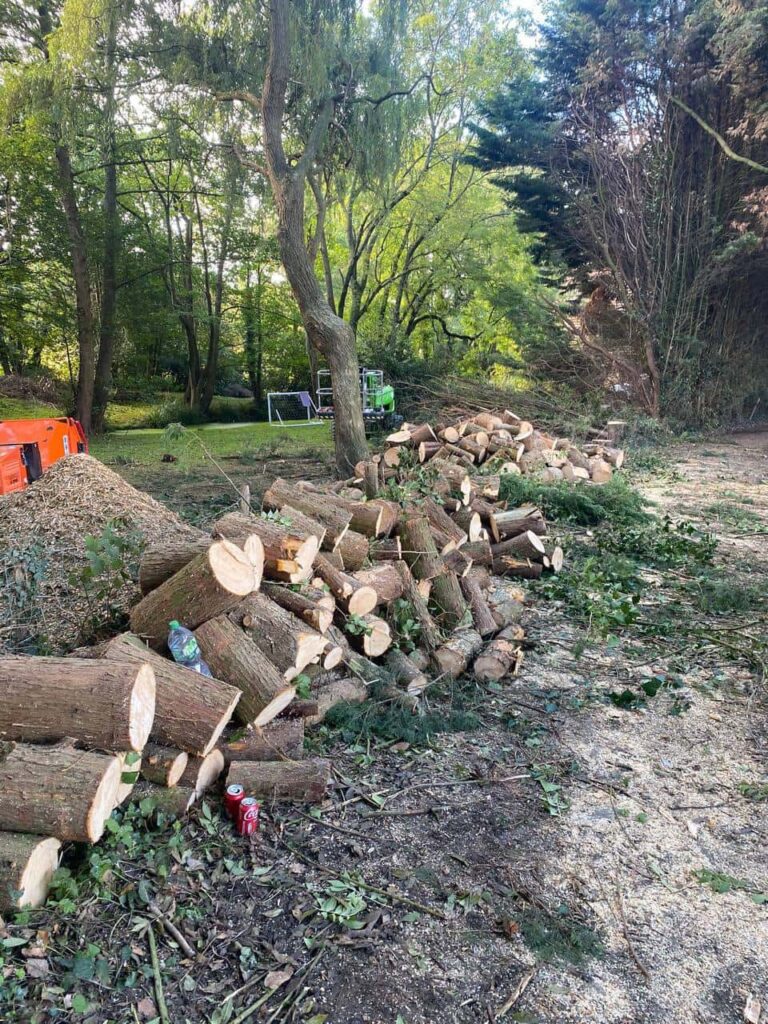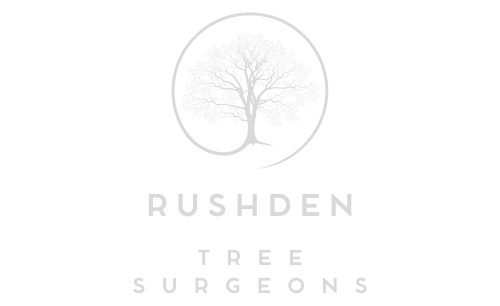Dead Wood Removal: Seasonal Timing and Best Practices
Introduction: Dead wood removal is essential to tree care that promotes tree health and safety. To ensure the effectiveness of this practice, it’s crucial to understand the best timing and practices for dead wood removal. This blog post explores the seasonal considerations and best practices associated with dead wood removal, courtesy of Rushden Tree Surgeons.
Why Dead Wood Removal Matters:
Before diving into the timing and practices, let’s briefly touch on why dead wood removal is so necessary:
Safety: Dead branches can pose significant hazards, as they are more likely to break and fall, potentially causing injuries or property damage.
Tree Health: Removing dead wood helps improve air circulation and sunlight penetration, reducing disease risk and promoting overall tree health.
Aesthetics: Dead wood can detract from the beauty of your trees and landscape. Removing it enhances the visual appeal of your property.
Seasonal Timing:
1. Spring:
Spring is an ideal time for dead wood removal for several reasons:
Visibility: With the emergence of new leaves, it’s easier to spot dead branches against the green foliage.
Active Growth: Trees are in the early stages of active growth, making it an opportune time to promote healthy new growth.
Reduced Stress: Removing dead wood before summer heat reduces stress on the tree.
2. Late Fall and Winter:
Late fall and winter are also suitable seasons for dead wood removal:
Dormancy: During this period, trees are dormant, and their energy is focused on root and crown development, making it a less stressful time for pruning.
Visibility: With leaves gone, it’s easier to identify dead branches.
Best Practices for Dead Wood Removal:
Now, let’s explore some best practices for effective and safe dead wood removal:
1. Assess Tree Health:
Before beginning, assess the tree’s overall health to determine if dead wood removal is necessary and to what extent.
2. Selective Removal:
Remove only dead or diseased branches, preserving healthy ones.
3. Use Proper Tools:
Depending on the branch size, ensure you have the right tools, such as pruning shears, loppers, hand saws, or chainsaws.
4. Make Clean Cuts:
Always make clean cuts just outside the branch collar to promote proper healing.
5. Safety Gear:
Wear appropriate safety gear, including gloves, eye protection, a hard hat, and ear protection, especially when using power tools.
6. Prune Conservatively:
Avoid over-pruning, as this can stress the tree. Focus on dead wood removal and necessary maintenance.
7. Consult Professionals:
For larger or more complex jobs, or if you’re unsure about the extent of dead wood removal needed, consult with Rushden Tree Surgeons. They have the expertise and equipment to handle any dead wood removal job safely and effectively.
Conclusion: Dead wood removal is a critical practice that benefits both tree health and safety. By timing your dead wood removal correctly and adhering to best practices, you can ensure that your trees remain vibrant, safe, and aesthetically pleasing year-round. Whether it’s spring, late fall, or winter, remember to prioritise the health and safety of your trees with proper dead wood removal techniques.
Call us on: 01933 422 068
Click here to find out more about Rushden Tree Surgeons
Click here to complete our contact form and see how we can help with your tree’s needs.

